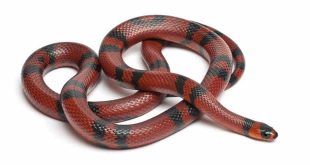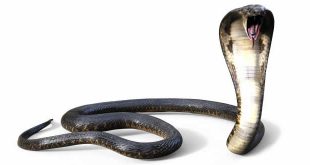 Tuatara — The tuatara is an amniote of the family Sphenodontidae, endemic to New Zealand. The two species of tuatara are the only surviving members of the Sphenodontians who flourished around 200 million years ago, and are in the genus Sphenodon. Tuatara resemble lizards, but are equally related to lizards and snakes, both of which are classified as Squamata, the closest living relatives of tuatara. For this reason, tuatara are of great interest in the study of the evolution of lizards and snakes, and for the reconstruction of the appearance and habits of the earliest diapsids (the group that additionally includes birds and crocodiles).
Tuatara — The tuatara is an amniote of the family Sphenodontidae, endemic to New Zealand. The two species of tuatara are the only surviving members of the Sphenodontians who flourished around 200 million years ago, and are in the genus Sphenodon. Tuatara resemble lizards, but are equally related to lizards and snakes, both of which are classified as Squamata, the closest living relatives of tuatara. For this reason, tuatara are of great interest in the study of the evolution of lizards and snakes, and for the reconstruction of the appearance and habits of the earliest diapsids (the group that additionally includes birds and crocodiles).
Tuatara are greenish brown, and measure up to 80 cm from head to tail-tip with a spiny crest along the back, especially pronounced in males. Their dentition, in which two rows of teeth in the upper jaw overlap one row on the lower jaw, is unique among living species. They are further unusual in having a pronounced parietal eye, dubbed the “third eye”, whose current function is a subject of ongoing research. They are able to hear although no external ear is present, and have a number of unique features in their skeleton, some of them apparently evolutionarily retained from fish.
The tuatara has been classified as an endangered species since 1895 (the second species, S. guntheri, was not known until 1989). Tuatara, like many of New Zealand’s native animals, are threatened by habitat loss and the introduced Polynesian Rat (Rattus exulans). They were extinct on the mainland, with the remaining populations confined to 32 offshore islands, until the first mainland release into the heavily fenced and monitored Karori Wildlife Sanctuary in 2005.
The name “tuatara” derives from the Māori language, and means “peaks on the back”.
The tuatara is considered the most unspecialised living amniote; the brain and mode of locomotion resemble that of amphibians and the heart is more primitive than any other reptile.
Both species are sexually dimorphic, males being larger. Adult S. punctatus males measure 61 centimetres (24 in) in length and females 45 centimetres (18 in). The San Diego Zoo even cites a length of up to 80 cm (31 in). Males weigh up to 1 kilogram (2.2 lb), and females up to 0.5 kilograms (1.1 lb). Brother’s Island tuatara are slightly smaller, weighing up to 660g.
The tuatara’s greenish brown colour matches its environment, and can change over its lifetime, since tuatara shed their skin at least once per year as adults, and three or four times a year as juveniles. Tuatara sexes differ in more than size. The spiny crest on a tuatara’s back, made of triangular soft folds of skin, is bigger in males than in females, and can be stiffened for display. The male abdomen is narrower than the female’s.
 Kids Portal For Parents India Kids Network
Kids Portal For Parents India Kids Network


